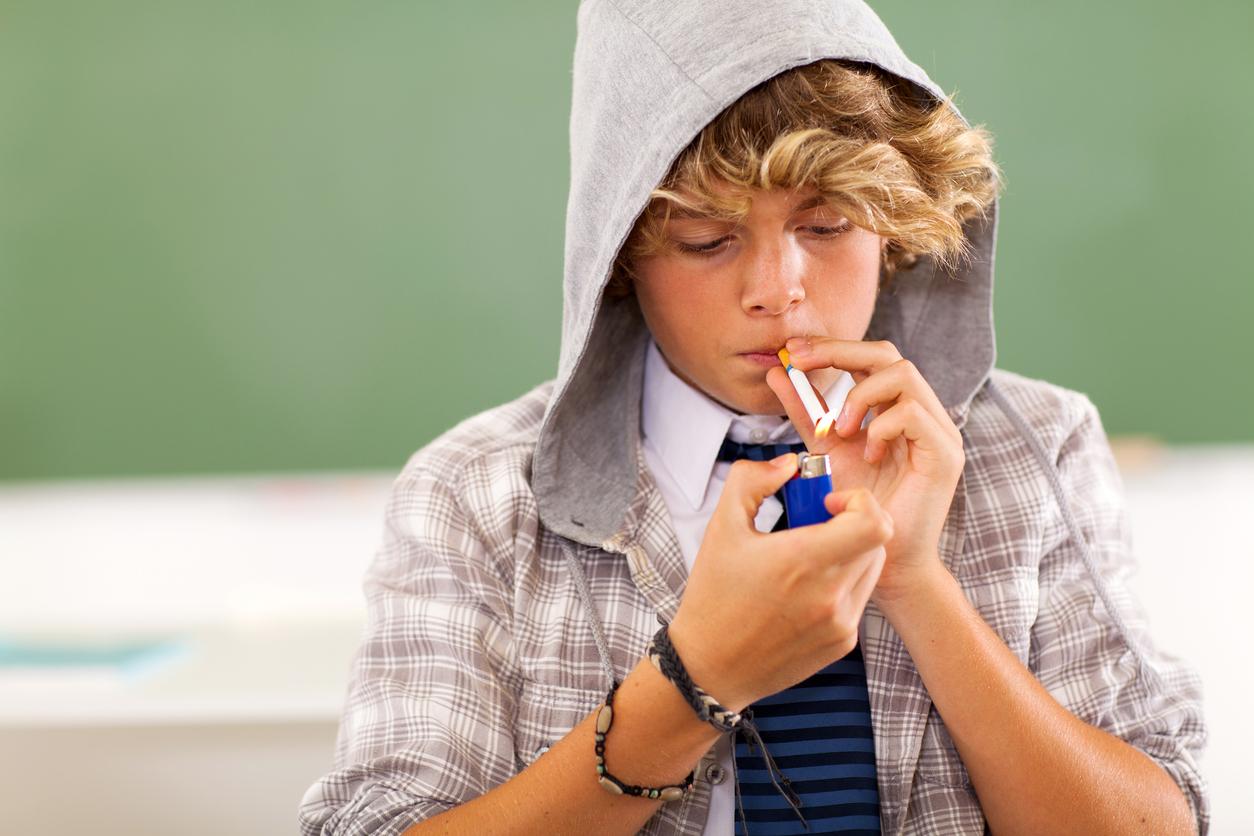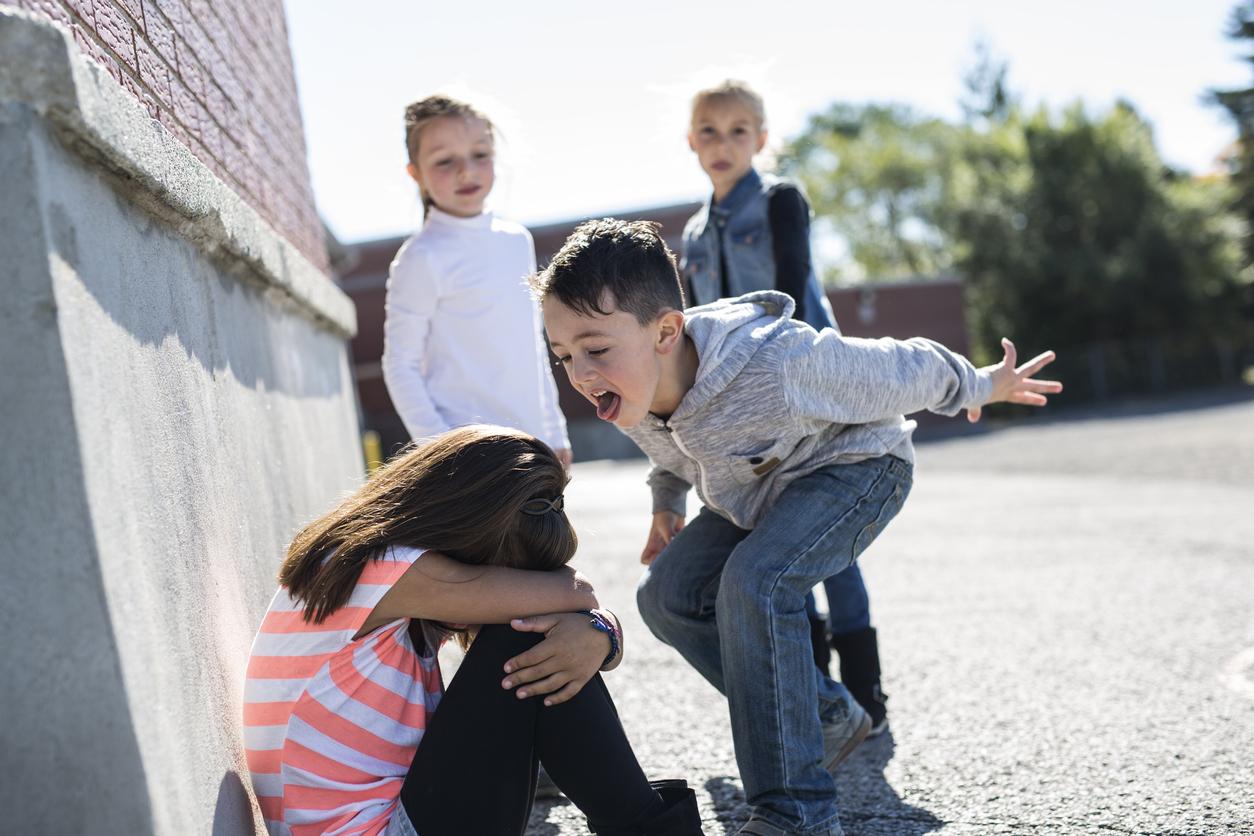To promote good school performance, you must ensure that your child is in a coherent and positive multicultural environment.

In an increasingly diverse world, adolescents encounter academic difficulties in multicultural environments if they do not receive consistent and positive messages about cultures that are not their own. And conversely, they have better results if the school, the parents and the friends have a positive speech. Here are the conclusions of a study by the University of California at Davis published in July in the Journal of Youth and Adolescence.
THE positive multicultural environments promote academic performance
To understand the impact of multiculturalism on academic performance, researchers interviewed 700 public school students in the Southwestern United States. They found that adolescents in establishments with varied backgrounds learned more about other cultures than their own. In addition, young people who had a positive multicultural socialization both at school and at home, were more involved in school, both in class and in extra-curricular activities.
On the other hand, students who had a friendly and family environment less favorable to multiculturalism had a lower academic commitment within the establishment. In addition, their involvement in school, their performance and their desire to pursue higher education were less high.
“It can be emotionally taxing for teenagers to receive different messages, and it can affect their academic success”has explained Maciel Mr. Hernandezlead author of the study in a communicated. “Young people need to successfully interact and be socially connected with people from diverse backgrounds… he is important to participate fully in this social fabric and to appreciate cultural traditions that are not their own”.
Schooling : the importance of multicultural socialization
Researchers point out that promoting multicultural socialization at school, among peers and within the family is key to improving adolescent academic performance.
“Importantly, promoting multicultural socialization at school, among peers, and within the family holds promise for improving adolescent academic performance. Especially since only 4% of students receive consistent messages, there is plenty of room for improvement.”added Maciel M. Hernandez .
Schools and families must therefore work together to implement inclusive educational initiatives and foster a better understanding and appreciation of diverse cultures.

















